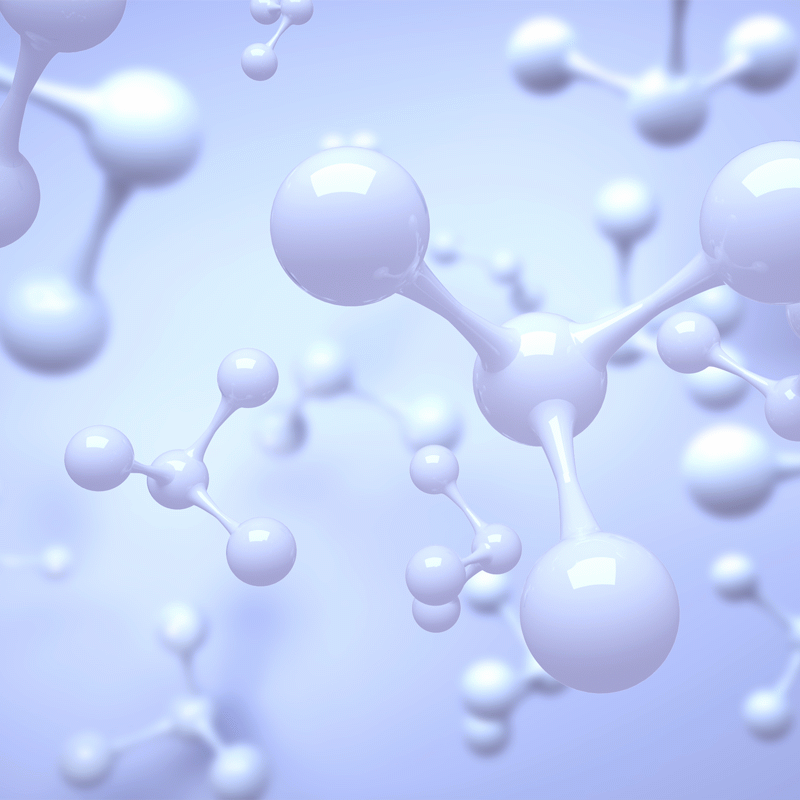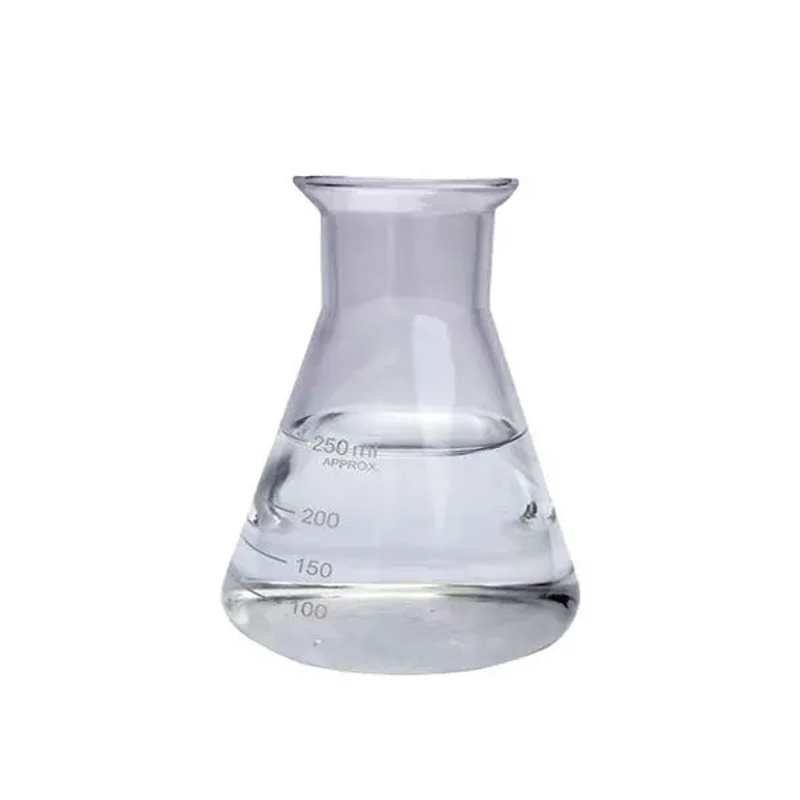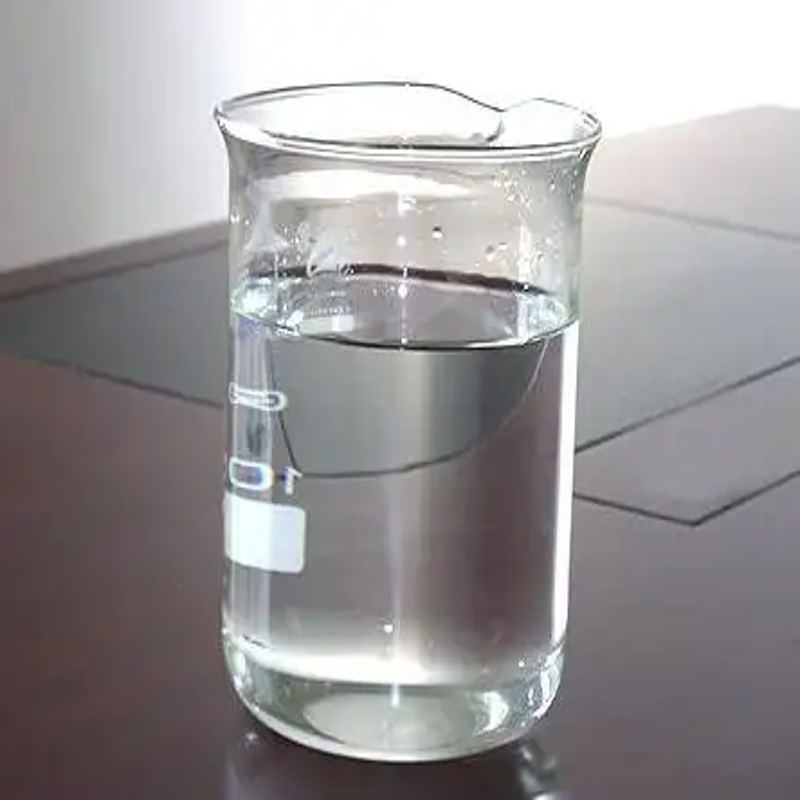-
Categories
-
Pharmaceutical Intermediates
-
Active Pharmaceutical Ingredients
-
Food Additives
- Industrial Coatings
- Agrochemicals
- Dyes and Pigments
- Surfactant
- Flavors and Fragrances
- Chemical Reagents
- Catalyst and Auxiliary
- Natural Products
- Inorganic Chemistry
-
Organic Chemistry
-
Biochemical Engineering
- Analytical Chemistry
-
Cosmetic Ingredient
- Water Treatment Chemical
-
Pharmaceutical Intermediates
Promotion
ECHEMI Mall
Wholesale
Weekly Price
Exhibition
News
-
Trade Service
N,N-Diethylacetamide (DEA) is an important organic compound that is widely used in the chemical industry.
It is used as a solvent, a reaction medium, and a catalyst in various chemical reactions.
The synthetic routes of DEA have evolved over time, and several methods are now available for its synthesis.
The most common method for the synthesis of DEA is the reaction of diethylamine and acetyl chloride.
This reaction results in the formation of DEA, along with some excess acetyl chloride.
The excess acetyl chloride is then distilled off, leaving behind pure DEA.
This method is simple, efficient, and inexpensive, which makes it a popular choice for industrial applications.
Another method for the synthesis of DEA is the reaction of diethylamine with acetone.
This reaction is carried out in the presence of a catalyst such as hydrochloric acid or sulfuric acid.
The resultant DEA can then be purified by precipitation or crystallization.
This method is also fairly simple and inexpensive, but it requires the use of caustic chemicals, which can make it more hazardous than the first method.
A more advanced synthetic route for DEA involves the reaction of diethylamine with acetylene.
This reaction is carried out in the presence of a metal catalyst such as rhodium or ruthenium.
The resultant DEA can then be purified by precipitation or crystallization.
This method is more complex and expensive than the first two methods, but it is also more efficient and can produce higher purity DEA.
This method is often used in research and development applications where high purity DEA is required.
In addition to the above synthetic routes, DEA can also be synthesized by other methods such as the reaction of diethylamine with malonic acid, the reaction of diethylamine with acetaldehyde, and the reaction of diethylamine with dimethyl acetal.
These methods are less commonly used than the first three methods, but they can be useful in certain applications.
Overall, the synthetic routes of N,N-Diethylacetamide are diverse and have evolved over time.
The choice of synthetic route depends on various factors such as cost, efficiency, and purity requirements.
The most common methods are the reaction of diethylamine and acetyl chloride, and the reaction of diethylamine with acetone, which are simple, efficient, and inexpensive.
However, more advanced methods such as the reaction of diethylamine with acetylene can produce higher purity DEA and are often used in research and development applications.







